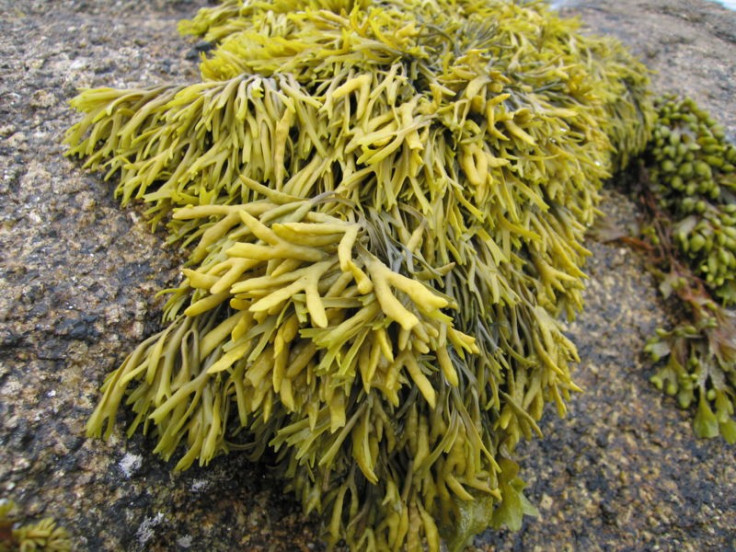Seaweed Aliens Invade Earth Inside Sri Lankan Meteorite, Scientist Claims

Aliens composed of algae similar to seaweed have landed on Earth inside a meteorite that fell in Sri Lanka, a top scientist has said.
Professor Chandra Wickramasinghe, from the University of Buckingham, says the tiny algae fossils found inside a meteorite prove that aliens exist and that extra-terrestrials are responsible for life on earth.
In his paper, Fossil Diatoms In A New Carbonaceous Meteorite, published in the Journal of Cosmology, Wickramasinghe claims a two-inch meteorite found in Sri Lanka at the end of 2012 holds the secrets to life on Earth.
It is covered in seaweed fossils similar to those found on our planet around 55 million years ago.
"These finds are crushing evidence that human life started outside Earth," he said.
"The algae organisms are similar to ones found in Earth fossils, but the rock also has other organisms we have not identified.
"We are all aliens - we share a cosmic ancestry. Each time a new planetary system forms, a few surviving microbes find their way into comets. These then multiply and seed other planets.
"These latest finds are just more evidence to point to the overwhelming fact that life on Earth began on other worlds."
Wickramasinghe is well-known for his theory Panspermia, which he developed with late British astronomer Sir Fred Hoyle - who famously rejected the Big Bang theory.

Their theory claims that life on Earth was seeded from space and that evolution depends on genetic programmes from space.
He told the Huffington Post: "We came to the conclusion that material similar to biomaterial fitted all the available data in astronomy ... We considered the possibility that biology (microbiology) had a universal character, and no observations in astronomy or new information from biology has provided contrary evidence."
Wickramsasinghe's claims have been met with criticism from the scientific community.
Phil Platt, an astronomer writing in Slate magazine, said: "There is not a single shred of evidence to back up this claim. Nothing. It could simply be a bit of black rock they found somewhere.
"They do present a chemical analysis and claim it's a carbonaceous chondrite meteorite, a specific type of space rock with clear structures and composition. However, the analysis they present doesn't prove it's a carbonaceous chondrite, let alone a meteorite."
Other scientists also pointed out that the rock has not yet been proved to be a meteorite.
Despite this, Wickramsasinghe concludes: "The identification of fossilised diatoms (algae) in the Polonnaruwa meteorite is firmly established and unimpeachable.
"Since this meteorite is considered to be an extinct cometary fragment, the idea of microbial life carried within comets and the theory of cometary panspermia is thus vindicated.
"The universe, not humans, must have the final say to declare what the world is really like."
© Copyright IBTimes 2025. All rights reserved.






















